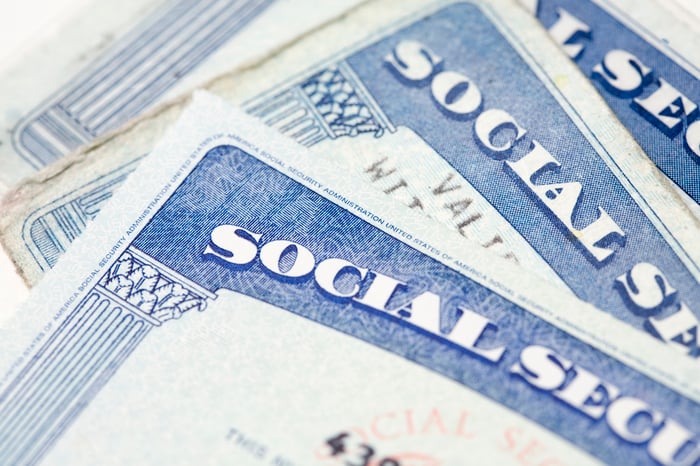As the 2026 cost-of-living adjustment (COLA) for Social Security looms, a surprising factor may play a significant role in its final number: tariffs. Former President Donald Trump’s recent push to reintroduce steep tariffs on Chinese goods—and possibly other imports—could ripple through the economy and directly affect how much Social Security beneficiaries receive next year.
While tariffs are often viewed through the lens of global trade and manufacturing, their domestic impact is much broader, particularly when it comes to inflation and government programs tied to consumer prices—like Social Security.
What Is COLA and How Is It Calculated?
The Social Security COLA is a yearly adjustment aimed at keeping benefits in line with inflation. It’s calculated using the Consumer Price Index for Urban Wage Earners and Clerical Workers (CPI-W), published by the U.S. Bureau of Labor Statistics (BLS). Specifically, the adjustment is based on the average CPI-W data from July through September each year.
Learn more from SSA
When inflation rises, so does the COLA. In 2025, the COLA increase was 3.2%, but early projections from groups like The Senior Citizens League suggest a smaller 2.3% increase in 2026. That estimate, however, may be premature.
The Tariff Connection: Why Prices Could Rise

Trump’s proposed tariffs—ranging from 10% to 60% on Chinese imports—are intended to boost U.S. manufacturing and protect domestic jobs. However, experts warn they could raise the cost of everyday goods across the board, especially for items like electronics, clothing, food, and even medicine.
If tariffs lead to broad-based inflation, the CPI-W would reflect those price increases. That would, in turn, trigger a higher COLA in 2026.
Read CPI-W details from BLS
“It’s a double-edged sword,” says Mary Johnson, Social Security policy analyst at The Senior Citizens League. “While a larger COLA sounds good on paper, it often doesn’t fully offset the increased costs seniors face at the grocery store or pharmacy.”
A Delicate Balance: Inflation vs. Recession
Not all effects of tariffs are inflationary. Some economists argue that if tariffs slow trade too much, they could spark a recession. In such a case, inflation might decline—or even stall completely.
This isn’t unprecedented. In years like 2010, 2011, and 2016, Social Security recipients received no COLA at all because inflation remained flat or declined.
A recent report by Time warns that a prolonged trade war could weaken economic growth, potentially leading to job losses and reduced consumer spending. That would reduce inflationary pressure and lower the CPI-W.
What It Means for Seniors?
For the nearly 72 million Americans who rely on Social Security—including retirees, disabled workers, and survivors—COLA adjustments can mean the difference between stability and struggle.
Explore Social Security benefits
Many seniors live on fixed incomes and are already grappling with rising costs of healthcare, rent, and utilities. A tariff-induced spike in prices could disproportionately affect this group, especially if essentials like prescription drugs and medical equipment are impacted.
“If tariffs are applied to imported medical goods, we could see a sharp rise in out-of-pocket expenses for seniors,” says Johnson. “That would make even a 3% or 4% COLA feel inadequate.”
Advocacy groups, including The Senior Citizens League, are urging policymakers to consider exemptions for goods vital to older Americans, or to include offsetting measures such as expanded benefits or subsidies.
When Will the Final COLA Be Announced?

The Social Security Administration (SSA) will officially announce the 2026 COLA in October 2025, once the CPI-W data for July, August, and September are finalized. Until then, estimates will remain speculative—especially given the uncertainty around tariffs and economic policy.
To stay updated on COLA announcements and related news, you can check the official SSA COLA page.
Conclusion
Whether Trump’s proposed tariffs help or hurt the U.S. economy remains a matter of debate. But for Social Security recipients, the effects are more personal—and potentially immediate.
If tariffs raise prices, retirees may see a bigger Social Security increase in 2026. But they’ll also likely face higher costs for essentials, diminishing the real value of that adjustment.
As the political and economic landscape evolves, it’s crucial for seniors to monitor these developments closely and advocate for policies that truly protect their financial security.

Outside of work, he enjoys playing chess, following cricket, and writing short stories. His commitment to integrity and in-depth analysis strengthens OTE News’ mission of providing trustworthy journalism.




